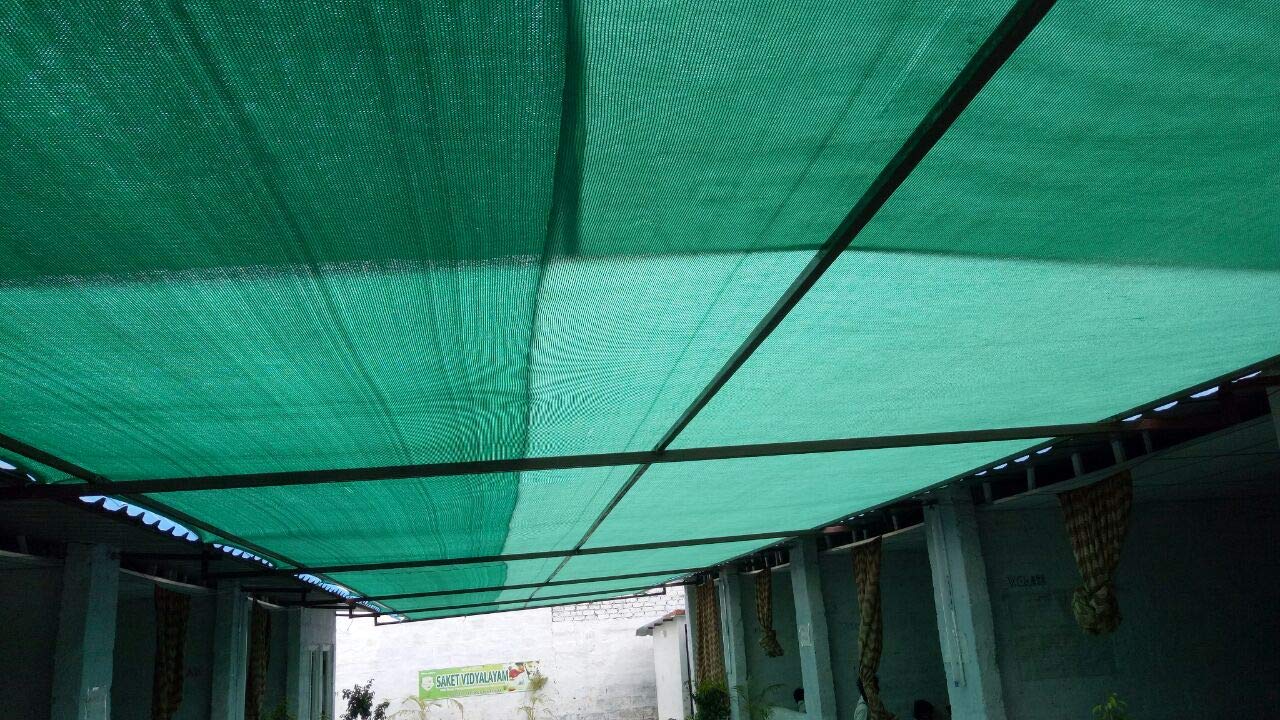Shade Netting and Its Usefulness
Given some of the unfavorable conditions in shaded areas, it seems that gardeners always avoid them due to the lack of opportunities that these areas seem to offer, however there are many plants that thrive extremely well in such conditions.
Prime candidates for such a place would be rhododendrons and azaleas of many species, colors and flowering times, Solomon’s seal, hosta, low-bush blueberries, various ivies, and ideal specimens for inclusion in the general shade netting scheme of things. These plants seek the comfort of adequate moisture and cooler temperatures offered in shaded areas during the main growing season.
What Is a Shade Netting?
With the arrival of spring, when the trees are still leafless and the sunlight has not yet reached its maximum, shade-loving plants enjoy the spring sunlight to begin their preparations for growth. Later, when the trees bloom and begin to shade the area, shade-loving plants appreciate the protection from the higher temperatures that occur when the sun is at its highest and produces more intense heat that tends to burn the delicate growth of shade-loving plants.

The Different Uses For Garden Nets
I’d like to take a moment to look at some of the benefits of shade gardening, simply put it’s a shade netting dream place when properly planted and carefully selected plant material to fill the area. Simply put, it can be a gardener’s discovery of a whole new world of horticulture made available by the hand of nature. Shade gardens offer some of the most natural conditions and will readily bloom with little effort.
The humidity in these areas is usually much higher and it evaporates much more slowly than in sunny areas. The only exception is when the summer months are exceptionally dry and harsh, which can result in the dehydration of new shade netting and tender plants that many shade plants typically have. A special maintenance of this condition will be attention to regular watering to avoid problems in growth or wilting. Prime examples include hosta, Solomon’s seal, low blueberry, columbine, Japanese iris, and water iris. They all thrive in rich, moist, organic soils in woodlands and shady areas, so watering is essential during the hot summer months.


